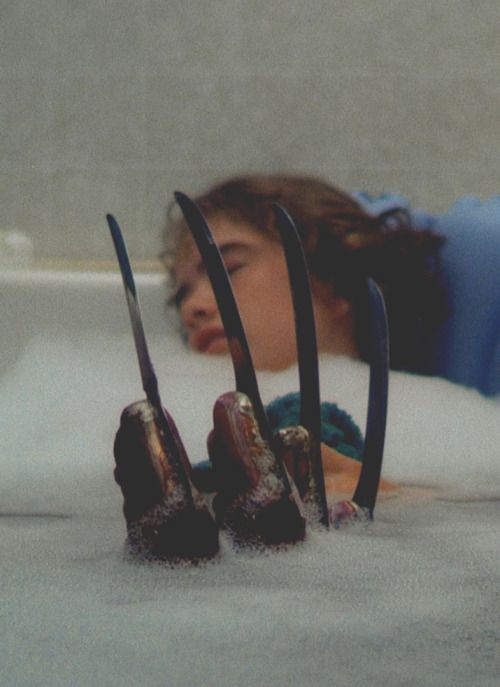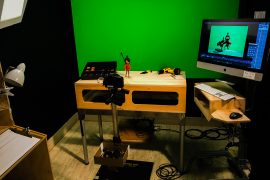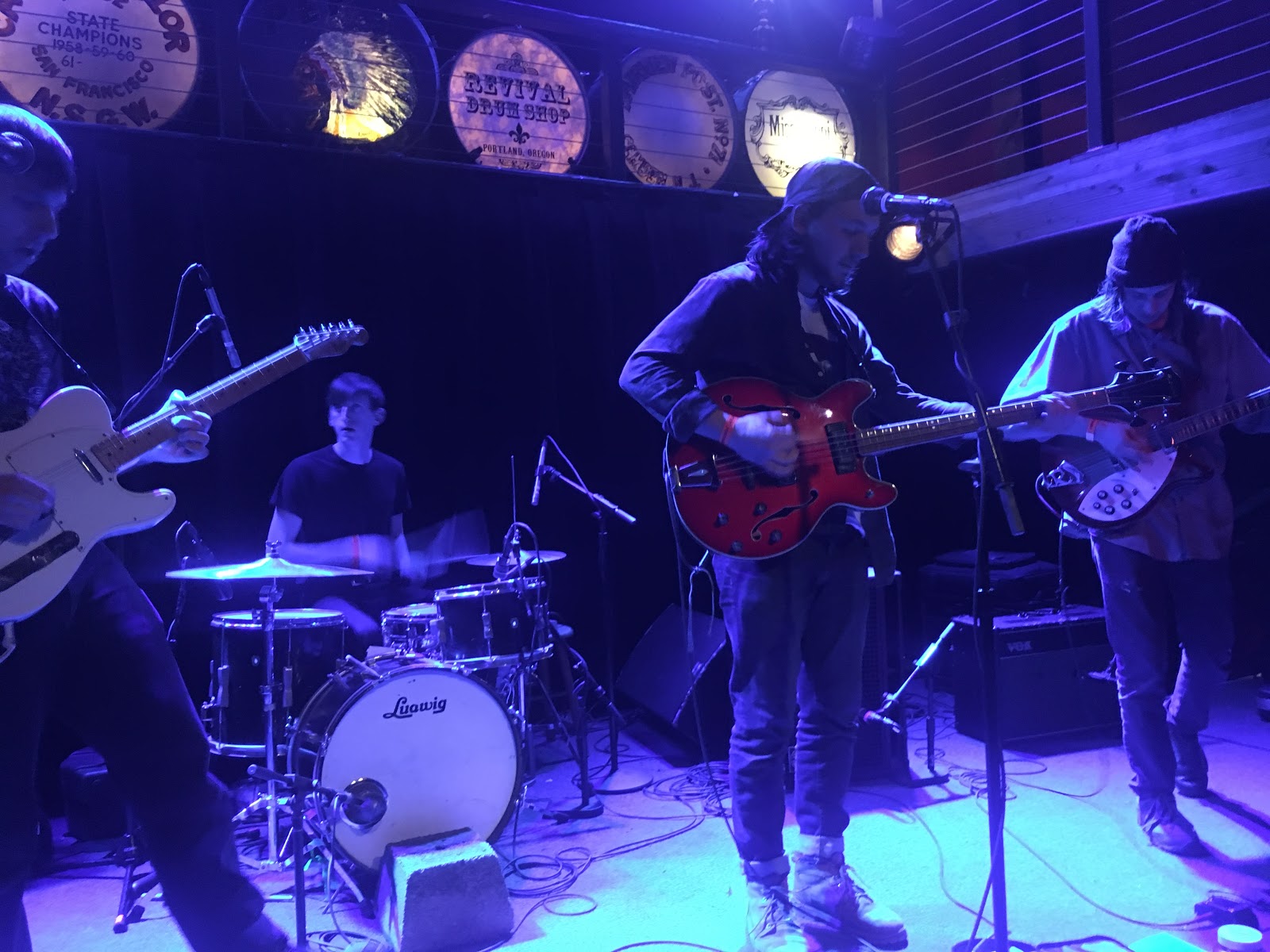As Doja Cat releases her music video for her newest song “Demons,” she surely signals the start of spooky season.
The song is an absolute banger. The aggressive production done by D.A. Got That Dope, combined with Cat’s assertive chorus really packs a punch for the listener.
The first time I heard the song was also my first time watching the video. I was in for a total surprise (and scare). The music video had me in complete captivation with its luminous lighting and chilling costume/makeup design. The all-black demons, dripped in diamonds, have now, in my mind, become a stand-out figure from the genre of Horror.
The music video feels exciting with the existence of these new demon prototypes; however, the references to cult classic horror flicks oozes out of each frame. The director, Christian Breslauer, intentionally pays homage to past thrillers that live in the Horror Canon:
Tobe Hooper x Steven Spielberg’s 1982 Poltergeist, stands at the forefront of the visuals seen in “Demons.” The opening shot of the video reveals the setting of a (haunted) house, then jump-cuts to the 1iconic static tv shot. The music video’s final sequence shows a demonic kitchen scene, as well as the notable chair shot—once again referencing Poltergeist.
One of the next most noticeable references is Stanley Kubrick’s 1980 The Shining. “Demons” displays Doja in a mint green tiled bathroom—which directly mirrors the design of the Room 237 bathroom from The Shining. The twenty second bathroom sequence from “Demons” exists as the only scene that is lit with high light. This stark difference juxtaposes the rest of the video that presents a majority of dark, low lit scenes. I found this shot to be one of the more stunning ones due to its coloring as well as the camera’s zoomed-out to zoom-in effect; however, it only stays pretty for an instance, until the black bath water begins to overspill.
Moments later in the same scene, we see the demon’s black hand reach out of the bathtub—queuing us to remember the claw scene from Wes Craven’s A Nightmare on Elm Street. This moment continues the on-going theme of creatures sneakily submerging out of water to scare—similarly seen in films such as Shivers (1975), Slither (2006), Cure for Wellness (2017), and The Grudge (2020).
Towards the end of the video (2:46) the cinematography switches to the POV of a night-vision camcorder—providing a Paranormal Activity essence to the viewing experience. Once again, the video plays with the function of light by further expressing the range that the Horror-genre holds with the technique of lighting. A variety of tensions are presented through the images shown on screen, and more significantly how those images are lit. Whether it be complete blackness with strobe light effect, flashlight/spotlight (seen at 2:19), well-lit scenes like the bathroom, or the green tint of night-vision light, each one depicts a different feeling of fear from the viewer.
Doja Cat’s “Demons” reminds us of the classics that paved the way for the beloved genre of Horror. The Canon of this genre is clearly in conversation with current day works of art. The video left me wanting more of the cinematography and creativity of storytelling. What I loved most about this release was the timing of it; end of August, beginning of September, basically October’s eve. Doja Cat is brilliant for starting this new era of hers (album released on Sept. 22nd) with Halloween just around the corner.





